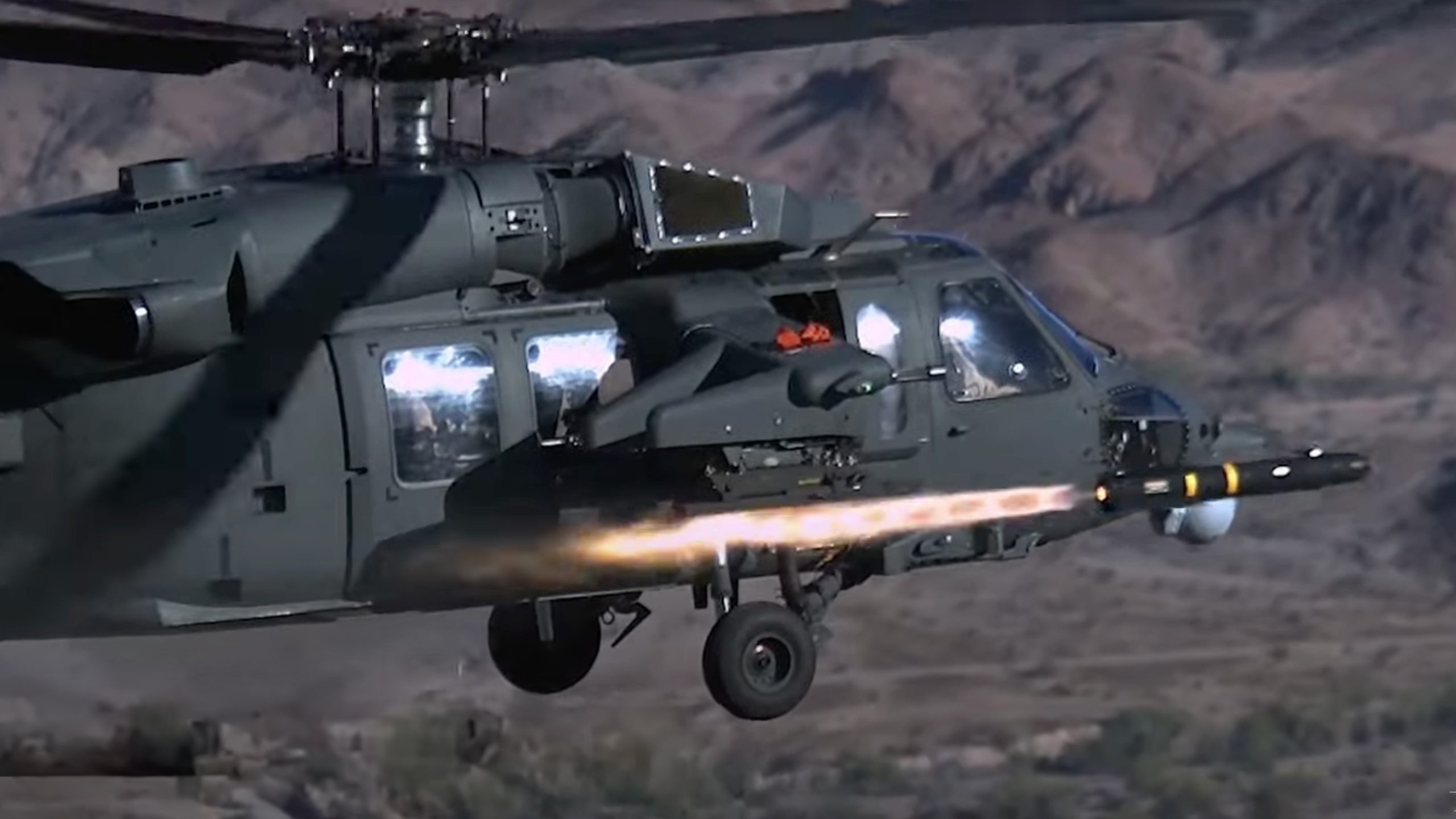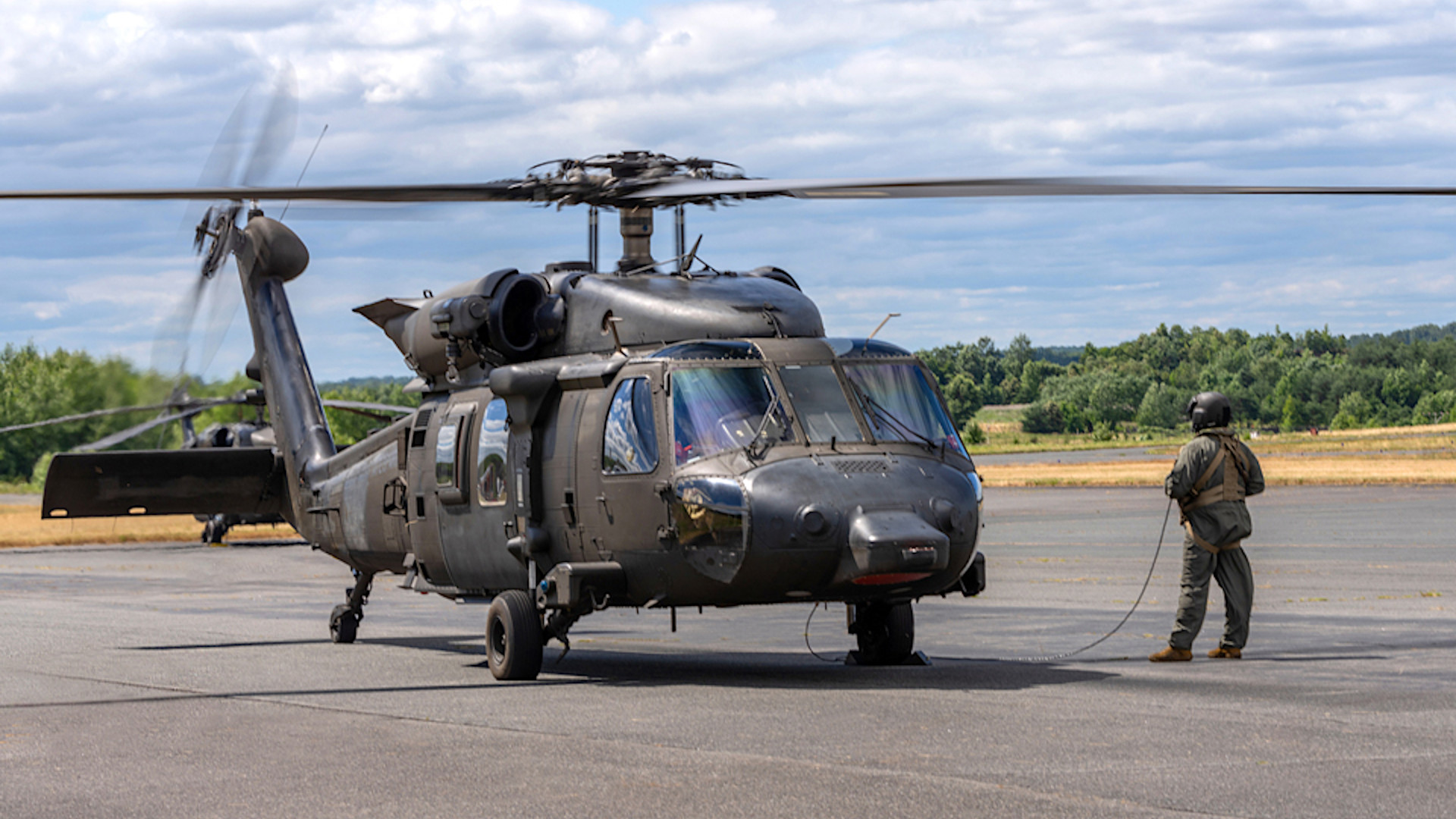The UH 60’s Enduring Legacy in Military Aviation and Its Global Impact
The UH 60’s Enduring Legacy in Military Aviation and Its Global Impact
Blog Article
Discovering the Background and Evolution of the UH 60 Helicopter

Beginnings of the UH-60
The beginnings of the UH-60 helicopter can be traced back to the late 1960s, a period noted by the requirement for a versatile utility airplane that might adjust to the advancing demands of modern warfare. The united state Military identified the requirement for a replacement for the older UH-1 Iroquois, which was becoming significantly inadequate for the intricacies of contemporary combat circumstances. In 1967, the Army initiated the Utility Tactical Transportation Airplane System (UTTAS) program, which sought to establish a multi-role helicopter with the ability of various missions, consisting of troop transportation, clinical discharge, and logistical support.
The UH-60 Black Hawk was introduced, showcasing cutting-edge layout components and progressed technology that established it apart from its predecessors. The UH-60 swiftly obtained recognition for its robust performance, reliability, and adaptability, paving the way for its extensive usage in army operations and solidifying its status as a cornerstone of United state Army air travel.
Key Design Features
Cutting-edge style attributes of the UH-60 Black Hawk dramatically add to its functional performance. Among one of the most significant facets is its twin-engine arrangement, which improves dependability and gives a higher power-to-weight ratio, allowing the helicopter to perform under different problems. The aircraft's four-blade main rotor system uses boosted lift and ability to move, important for tactical goals.

Furthermore, the cabin is designed for ideal presence and comfort designs, featuring innovative avionics that streamline pilot procedures. The modular style of the UH-60 enables very easy upkeep and versatility, making it suitable for numerous mission accounts, from troop transport to medevac operations. These crucial style features guarantee that the UH-60 Black Hawk stays a reliable and flexible property in military air travel, efficient in meeting the needs of contemporary warfare.
Technical Advancements
Current technical innovations in the UH-60 Black Hawk have actually considerably boosted its operational abilities and convenience. The integration of sophisticated avionics, such as electronic flight control systems and enhanced situational understanding display screens, enables pilots to run with enhanced precision and performance. These systems facilitate boosted navigation, interaction, and data sharing, allowing the helicopter to work successfully in varied atmospheres.
Additionally, the intro of composite materials has decreased the general weight of the aircraft while keeping architectural integrity. This reduction improves gas effectiveness and extends operational range. The unification of advanced blades innovation, including the use of four-blade, completely verbalized rotor systems, has improved lift performance and maneuverability, enabling better handling in numerous trip conditions.

Moreover, innovations in propulsion systems, such as the T700-GE-701D engines, have boosted power result and integrity - uh 60. These engines add to exceptional performance in hot-weather and high-altitude conditions
Last but not least, the assimilation of self-defense systems and enhanced sensor plans improves the Black Hawk's survivability and objective effectiveness. Jointly, these technological enhancements guarantee that the UH-60 Black Hawk remains a vital property in contemporary air travel, with the ability of adjusting to the advancing demands of altruistic and armed forces missions.
Duty in Military Procedures
As the backbone of united state Army aviation, the UH-60 helicopter plays a crucial duty in different military operations, acting as a versatile platform for battle assistance, transport, and medevac goals - uh 60. Its style incorporates the capability to run in diverse settings, making it crucial for troop activity and logistical assistance in both unusual and traditional warfare

In medical evacuation circumstances, the UH-60 has actually verified invaluable, considerably decreasing the moment to move original site injured soldiers from over at this website the battleground to medical facilities. Its innovative avionics and night vision capabilities further ensure mission success under difficult problems. In general, the UH-60 helicopter continues to be an essential property, constantly adjusting to meet the evolving needs of military procedures and improving the performance of U.S. pressures worldwide.
Future of the UH-60
Looking ahead, the future of the UH-60 helicopter entails substantial developments in technology and capacities developed to boost its operational efficiency. As army operations advance, the UH-60 is expected to include sophisticated modern technologies, including enhanced avionics, boosted weapons systems, and advanced interaction tools. These enhancements will certainly allow for higher situational awareness and objective flexibility, guaranteeing that the UH-60 continues to be an essential possession on the combat zone.
One notable advancement is the assimilation of fly-by-wire systems, which will boost flight control accuracy and decrease pilot work. Efforts to update the airframe and engines intend to enhance array, speed, and payload capability, therefore expanding the helicopter's operational range.
The future likewise holds assurance for raised interoperability with unmanned airborne systems (UAS), making it possible for worked with missions that take advantage of both manned and unmanned abilities. Additionally, the consolidation of synthetic knowledge and artificial intelligence could optimize trip characteristics and upkeep procedures, visit this page causing minimized operational expenses.
Final Thought
The UH-60 Black Hawk helicopter represents a significant achievement in army aviation, developing from the U.S. Army's initial requirements for a flexible energy aircraft. Its cutting-edge layout functions and continuous technological developments have guaranteed its significance in various military operations over the decades. As the needs of contemporary war change, the future of the UH-60 will likely entail additional improvements and adaptations, strengthening its status as an important asset for militaries worldwide.
The UH-60 Black Hawk helicopter stands for a substantial milestone in military air travel, emerging from the U.S. Army's pursuit for an extra flexible and trusted energy airplane in the late 20th century.The origins of the UH-60 helicopter can be mapped back to the late 1960s, a period marked by the demand for a versatile utility airplane that might adjust to the evolving needs of modern-day war. Overall, the UH-60 helicopter stays a crucial property, constantly adapting to fulfill the developing needs of army operations and enhancing the efficiency of United state forces worldwide.
Looking in advance, the future of the UH-60 helicopter includes considerable developments in modern technology and capacities designed to improve its operational effectiveness.The UH-60 Black Hawk helicopter represents a substantial achievement in military aviation, progressing from the U.S. Army's preliminary needs for a functional utility airplane.
Report this page